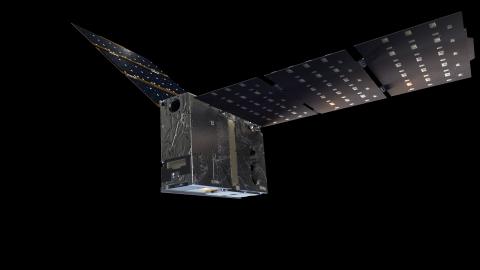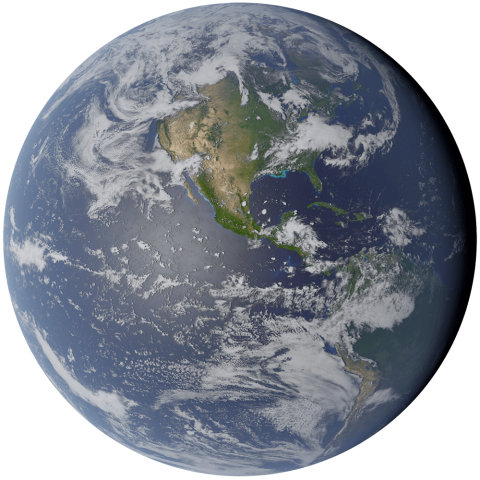Spacecraft and Instruments
Each of EZIE’s three SmallSats will be equipped with a microwave electrojet magnetogram instrument capable of imaging Earth’s magnetic field and the electrojets. It does this by exploiting the so-called Zeeman effect -- a splitting of spectral lines, which in EZIE’s case is from thermal radiation emitted by oxygen in the ionosphere.
Each satellite carries an instrument to produce unprecedented 2D maps of the electrojets’ distribution across some 90-300 miles from 50 miles above Earth’s surface. That altitude, to date, has been challenging to directly measure because it’s too high for weather balloons and too low for satellites.
Mission Facts
Launch
2024
Principal Investigator
Sam Yee, Johns Hopkins APL
Project Manager
Nelofar Mosavi, Johns Hopkins APL
Project Scientist
Jesper Gjerloev, Johns Hopkins APL




